2 March, 2023
Endometriosis: what are its main symptoms and treatment?

Currently, endometriosis affects 1 in 10 women during their reproductive years. While the exact origin is uncertain and it is a relatively unknown disease, its symptoms are evident in many women and can even hinder the daily life of those who suffer from it.
March is the month for making endometriosis more visible and normalising it, as well as informing about its symptoms, which are often confused with menstruation, and, in our case, explaining how it can affect the fertility of women.

WHAT IS ENDOMETRIOSIS AND WHY CAN IT HINDER PREGNANCY?

First of all, despite its chronic and sometimes progressive nature, it is important to clarify that endometriosisis a benign disease.
The disease is characterised by the growth of endometrial tissue outside the uterine cavity, usually in the walls of the pelvis, the uterine muscle (adenomyosis), the ovaries or the Fallopian Tubes, but can also be found in other places. This abnormal tissue growth is the cause of severe pain, often confused with menstrual symptoms, and can compromise the quality of life of the patient and her daily routine.
Furthermore, it is estimated that around 40% of women who suffer from endometriosis may also have their fertility and their chances of achieving pregnancy in a natural way affected.
When the endometrial tissue invades the ovaries to a greater extent, it can lead to problems related to ovulation and oocyte quality, sometimes causing completely irregular menstrual cycles. In the event that the Fallopian Tubes are affected, the oocyte, once released from the ovaries, may not be able to travel through the tubes due to the presence of this tissue and, consequently, its fertilisation by the sperm cell becomes impossible.
When a patient is diagnosed with endometriosis and has not yet fulfilled her reproductive desire, it is advisable to preserve her fertility by vitrifying her oocytes before the disease can affect their quality.
This way, when the time comes, and in the event that she cannot achieve pregnancy naturally, she will be able to decide to undergo assisted reproduction treatment with her own oocytes.
WHAT ARE THE SYMPTOMS OF ENDOMETRIOSIS?

Indeed, we are dealing with a disease that, in some respects, is still unknown to the scientific community. Despite the fact that a large number of studies have been conducted on the subject, scientists are not yet in complete agreement as to its origin.
Moreover, even women have little information about this disease. In recent years, there have been many attempts to make it more visible and raise awareness of its symptoms which, as we have mentioned, are often confused with normal menstrual pain. This is why it is important that, when in doubt, and in the event of severe pain, women consult a specialist so as to establish the diagnosis of the problem and find the most appropriate treatment.
Aside from painful menstruation, the following symptoms can help us identify or suspect a case of endometriosis:
- Severe pain occurring at times other than during menstruation
- Pain during sexual intercourse
- Pain during bowel movements
In addition, as we have previously mentioned, it is one of the main causes of infertility found in young women who consult a specialist after at least 12 months since starting the quest for pregnancy, without yet having achieved it.
HOW IS ENDOMETRIOSIS DIAGNOSED AND HOW IS IT TREATED?

In order to ensure an early diagnosis in women suspected of suffering from the disease, we insist on the importance of scheduling a visit with a gynaecologist so that this specialised doctor can conduct the relevant tests (ultrasound and pelvic MRI for deep endometriosis mapping), along with a consultation and a thorough gynaecological examination. If the result is positive for the disease, the patient will be able to start with the most appropriate and effective treatment.
With regard to treatment, we need to take a multidisciplinary approach, including dietary changes, regular physical activity and personalised medical and psychological care. Pharmacological treatments such as anti-inflammatory or hormonal medication (e.g. contraceptives) are often used to alleviate symptoms in these patients. In cases where such medical treatment is not sufficient to relieve pelvic pain, surgical treatment using minimally invasive techniques may be performed.

Back to blog
In other news

25 April, 2018
Have you already decided to perform an assisted reproduction process?
Here are some tips: ...
[Continue reading ]1 June, 2017
#Egg Vitrification
Egg vitrification: no need to rely on your biological clock… ...
[Continue reading ]


